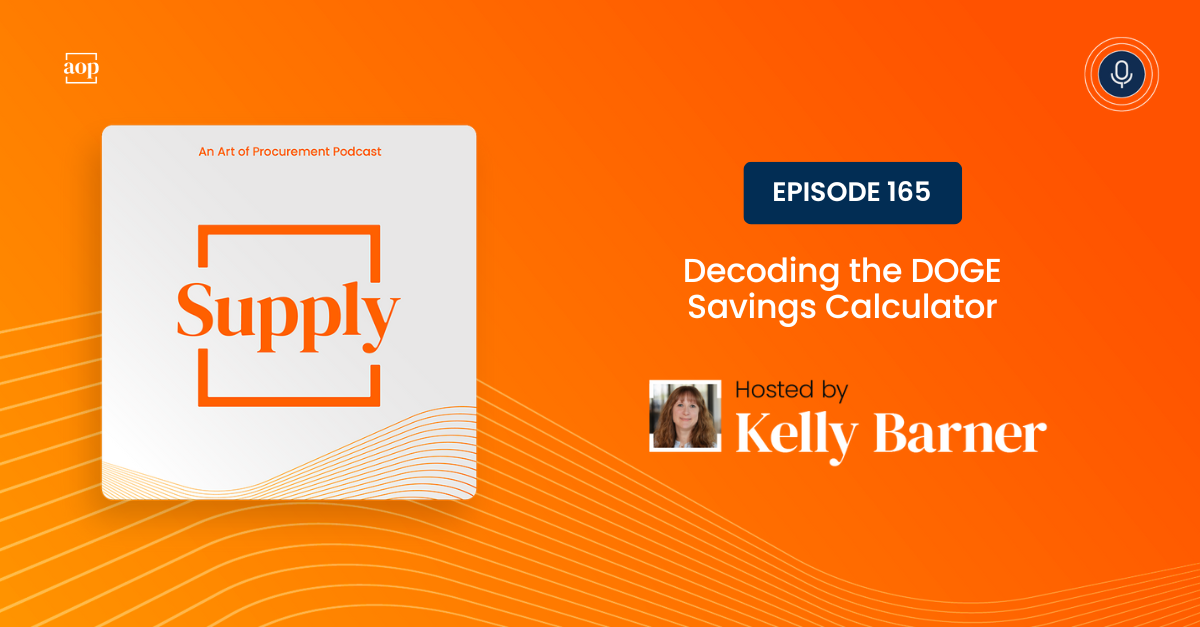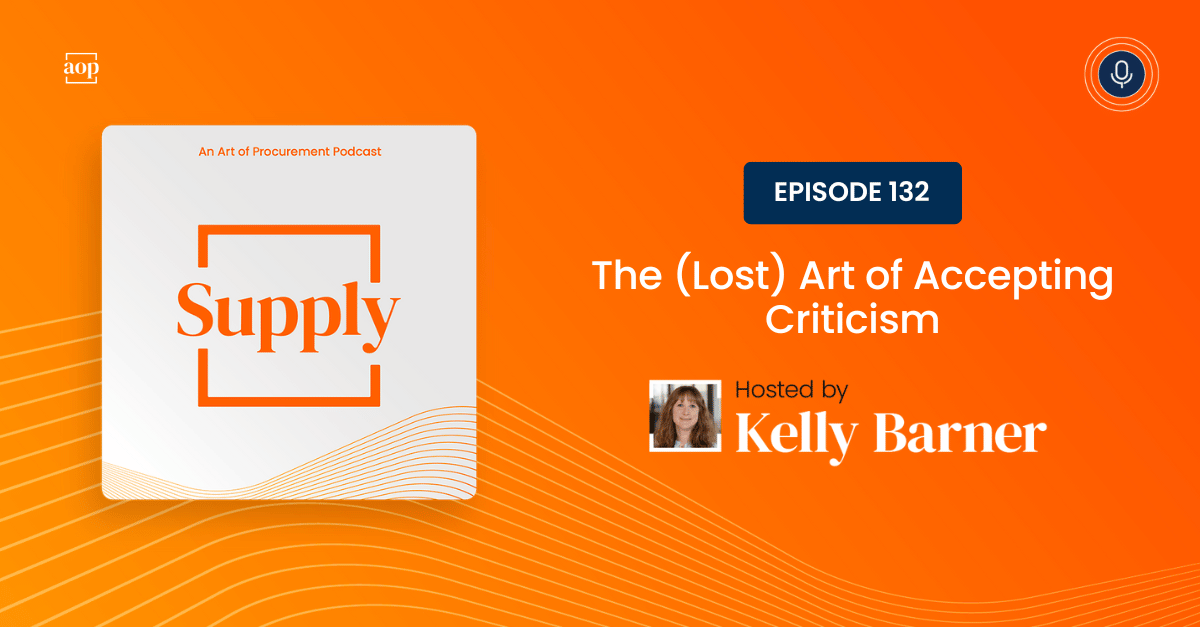
“Folks from Dell to HP to Nike to Hasbro to Sony to Apple to Google to Goldman, they’re all looking back at India and saying, let’s go double down, triple down and build a presence here.” – Samir Kapadia, Managing Principal at Vogel Group and Founder and CEO at India Index
You can’t talk about supply chains – especially manufacturing supply chains – without considering the role of China. Their dominance and well-established advantages make them hard to beat, and, apparently, even harder to replace.
No one wants to be reliant on an unpredictable trade partner, especially when tricky geopolitics enter the mix, but even efforts to move from China to other countries in Asia, have ended with companies realizing they moved their supply chain from China to a supplier owned by a chinese company: a distinction without a difference.
Samir Kapadia is a managing principal at Vogel Group, a lobbying and trade organization. In 2019 and in 2020, he was ranked the number one tariff exemption lobbyist in Washington D.C. He is also the founder and CEO of a B2B marketplace called India Index, which helps U.S. companies source from India. This combination of roles uniquely qualifies him to discuss the opportunities and challenges associated with looking at India as an alternative to China.
Here are some of the highlights of our conversation:
China’s Grip on Global Production
China didn’t gain their advantage overnight. They joined the World Trade Organization at the end of 2001, but had been laying the groundwork for decades: 50, 60, or 70 years by Samir’s estimate. “They’re participating en masse across all kinds of sectors that are now fundamentals of our consumer-based economy in the United States,” he pointed out.
That wouldn’t have meant much, if the United States hadn’t been changing their operational focus on the same timeline. “We decided long ago to get out of the working with your hands business,” Samir told me. “We decided to give it to countries that we thought might be better suited, whether that was because of their labor force or whether their access to cheap labor or low utility costs or state-run capitalism, so to speak. We wanted to get into industries that were a little bit sexier, with a little bit more technology and that were more forward looking. But then we realized that we actually need all that stuff.”
And China was ready, fully prepared to step in and meet that need. But they weren’t just investing in manufacturing; they were building impressive supply chain infrastructure as well.
With a different trading partner, it would be a win-win situation, but conditions are not that simple with China. The world walked right into a situation that quickly became a dependency.
“They’ve spent money and time and built expertise to meet a market demand, which we all happily welcomed, whether you’re in Europe or in the United States or anywhere else around the world. I think they’re a byproduct of their own hard work to be successful,” Samir observed.
Given his combined lobbying and trade experience, Samir is able to step back and see the reality of the whole situation. Despite what they talk about doing, or even what they genuinely want to achieve, businesses are bound by the relative effectiveness of their options.
“The question is, how is that evolving? And where are these new pockets of supply chain hubs? Where are they coming up and how successful are they going to be?” Samir asked. And then he made a statement that I agree with wholeheartedly: “Anyone who tells me that China is getting out of this manufacturing game, whether that’s through politics or policy or economics, I just don’t see it happening. They really know what they’re doing and they’ve got the skills and the infrastructure to boot.”
India as an Attractive Alternative
While we have to nod to China’s manufacturing and transportation achievements, we don’t have to believe that they will always be the only game in town. In fact, if we want to have more qualified options in the future, we need to start investing incrementally now. Those learnings and investments will gradually become the advantages of tomorrow.
Just as China was making investments in their own readiness decades in advance, India has been building up their physical and digital infrastructure, talent capabilities, and social reform and modernization.
“The country has gone through a dramatic state of reform under the current leadership,” Samir explained. “They’ve increased the level of infrastructure, not just hardline infrastructure like roads and bridges and highway systems and ports, but also digital infrastructure, things like wireless technology and communications platforms and ways to kind of integrate systems in manners that just weren’t there 10 years ago. And so everyone’s kind of looking back around and saying, hey, this place looks kind of different.”
India has been investing, but they are also strategizing. They know they can’t replace China one-for-one everywhere, so they have to decide where to compete. Where can they offer a compelling alternative.
Notably, while India is the largest democracy in the world and has the fourth largest GDP, they are still a poor nation. They will need partners to invest before they can achieve the full potential contribution of their young population. That will undoubtedly influence which industries they end up specializing in.
“That’s going to be things like semiconductors, advanced aerospace and defense technology, and even in very nascent but growing industries like critical minerals,” Samir speculated. “That’s where India sees that longer term vector of growth.”
India’s viability as a cost-effective alternative to China is going to be a journey, and as with so many other trends affecting supply chain decision makers, it will be impacted by the outcome of the election in November. Even so, we should be thinking in terms of decades as well as years or quarters, planning longer term and reaping the benefits at a future date.
To hear more of Samir’s perspective on global trade, India’s potential role in the supply chain, and – of course – the role that politics will play, listen to this week’s episode of Art of Supply.




.png)